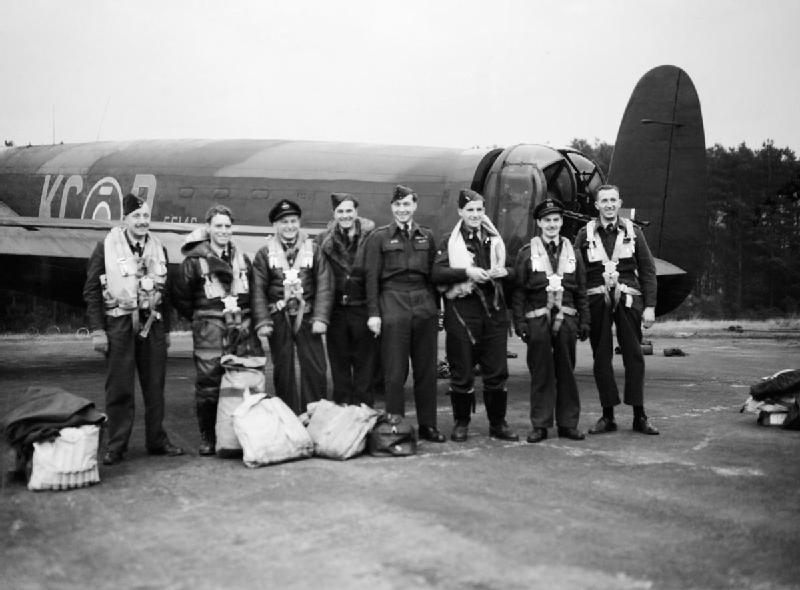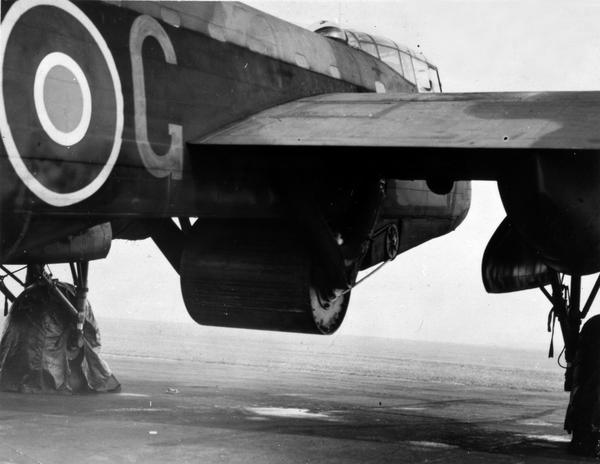
- For PC
- For MAC
- For Linux
- OS: Windows 7 SP1/8/10 (64 bit)
- Processor: Dual-Core 2.2 GHz
- Memory: 4GB
- Video Card: DirectX 10.1 level video card: AMD Radeon 77XX / NVIDIA GeForce GTX 660. The minimum supported resolution for the game is 720p.
- Network: Broadband Internet connection
- Hard Drive: 17 GB
- OS: Windows 10/11 (64 bit)
- Processor: Intel Core i5 or Ryzen 5 3600 and better
- Memory: 16 GB and more
- Video Card: DirectX 11 level video card or higher and drivers: Nvidia GeForce 1060 and higher, Radeon RX 570 and higher
- Network: Broadband Internet connection
- Hard Drive: 95 GB
- OS: Mac OS Big Sur 11.0 or newer
- Processor: Core i5, minimum 2.2GHz (Intel Xeon is not supported)
- Memory: 6 GB
- Video Card: Intel Iris Pro 5200 (Mac), or analog from AMD/Nvidia for Mac. Minimum supported resolution for the game is 720p with Metal support.
- Network: Broadband Internet connection
- Hard Drive: 17 GB
- OS: Mac OS Big Sur 11.0 or newer
- Processor: Core i7 (Intel Xeon is not supported)
- Memory: 8 GB
- Video Card: Radeon Vega II or higher with Metal support.
- Network: Broadband Internet connection
- Hard Drive: 95 GB
- OS: Most modern 64bit Linux distributions
- Processor: Dual-Core 2.4 GHz
- Memory: 4 GB
- Video Card: NVIDIA 660 with latest proprietary drivers (not older than 6 months) / similar AMD with latest proprietary drivers (not older than 6 months; the minimum supported resolution for the game is 720p) with Vulkan support.
- Network: Broadband Internet connection
- Hard Drive: 17 GB
- OS: Ubuntu 20.04 64bit
- Processor: Intel Core i7
- Memory: 16 GB
- Video Card: NVIDIA 1060 with latest proprietary drivers (not older than 6 months) / similar AMD (Radeon RX 570) with latest proprietary drivers (not older than 6 months) with Vulkan support.
- Network: Broadband Internet connection
- Hard Drive: 95 GB
'617th Squadron (The Dambusters)' camouflage by Macks_RAF | download here
Born in Manchester on December 9th 1916, James Brian Tait came from a family of military tradition, deeply entrenched in the idea of brave acts and valiant efforts. Tait's father, Alexander, was a World War I veteran decorated for his actions in mining German strong points on the Western Front. His affection to flying began, as with many other aviators, in his formative years. When he was 12 his father took him to the Schneider Trophy Race in Portsmouth. This experience forged Tait's love for flying, which he would pursue ever after.
 |
| Willie Tait (fith from left) and his colleagues |
At first, however, came education. James was sent to a boarding school in Wellingborough in Northamptonshire. At that time, even though he loved flying, he still wanted to become a RAF mechanic instead of being a pilot – this required a hefty dose of hard learning. It paid off however, and in 1934, at the age of 17, he was awarded a scholarship to RAF College Cranwell. During his training there he decided to pursue his dream of flying. This, however, did not stop him from taking up a course in RAF Halton where he was qualified as an engine mechanic – something rarely seen in any air force at the time. After two years Tait graduated from Cranwell in 1936, with a commission as a Pilot Officer. His first unit was No.51 Squadron RAF, equipped with Armstrong-Whitworth Whitley medium bombers. In 1938, he was promoted to the rank of Flying Officer.
Tait's baptism of fire came in 1940. After being promoted to the rank of Flight Lieutenant and following a few missions in May, he was a part of one of the more important bombing raids of RAF Bomber Command in the early stages of the conflict. He took part in the first Bomber Command operation over Berlin on the night of the 1st and 2nd of October 1940. However, instead of bombs, the Whitleys only dropped propaganda leaflets. After that he also took part in the Allied bombing raid on Torino – the first bombing raid with a route over the Alps. For the latter mission he was awarded with the Distinguished Flying Cross (DFC). After becoming the Commanding Officer of No.51 Squadron, he also took part in Operation “Colossus” - which involved transporting 38 British paratroopers from Malta to Italy so that they could destroy an aqueduct near Tragino. With the success of the first allied paradrop operation, Tait was awarded the Distinguished Service Order (DSO).
After the success of Operation Colossus Tait was transferred to No.35 Squadron stationed at RAF Linton-on-Ouse. At the time it was the first unit in RAF Bomber Command equipped with new Handley-Page Halifax four-engined bombers. Tait quickly made a name for himself on the 30th June 1941 when he lead a daytime bombing raid on the German port of Kiel. After returning to base he was the only member of the crew that was able to exit the aircraft by himself. For this he was awarded a Bar to his DSO. Even though after that raid he was posted to training units, he continued flying on combat missions.
 |
| A Lancaster B III with a special drum bomb for dam destruction raids |
In July 1942 Tait was transferred to No.78 Squadron, having recently been promoted to Acting Wing Commander. Even though he was advised not to fly more than one combat mission a month, he took part in nearly all his squadron was sent to. In early 1944, he was posted as base operations commander at RAF Waddington. Even though the administrative duties consumed most of his time and his superiors told him not to take part in any combat missions, he still managed to fly 9 operational sorties over the next six months. He usually took part in flights with less experienced crews, so that the new airmen could gain some self-confidence. During those flights he exhibited an aura of confidence, professionalism and calm. Many pilots thought that this coldness might have been caused by hatred of Germans – the reality was, however, fairly far from that as Tait held Germans in high regard and also thought of them as natural allies of the British against the French.
Regardless of his personal opinions, the war still raged on. After being promoted to the rank of substantive Wing Commander in March 1944, Tait was appointed as the Master Bomber of 5 Group in May 1944, just before the Allied invasion of Normandy. On June 5th he led a flight of 12 Lancaster bombers on a mission to destroy German strong points on the French coast. For this he was then awarded a second Bar to his DSO.
In July 1944 Tait was transferred as Commanding Officer to one of the most famous RAF Bomber Command squadrons – No.617 Squadron – the famous “Dambusters”. In this role he relieved Leonard Cheshire – a commander loved by his crews. Not wanting to be viewed as a “desk commander”, Tait quickly led his new unit into action on the 17th of July 1944, during an air raid on a V-2 launch site in Wizernes. There, he flew as a “Pathfinder” pilot in a Mustang fighter, marking the target with flares. However, as the clouds shrouded the target Tait had to improvise – he quickly waved his wings, which made it possible for his colleagues to drop the bombs on target. The AA fire, however, raked the Mustang – but Tait was able to safely return to base. After more training in bombing targets with “Tallboy” bombs, the squadron would receive one of the most important missions of World War II.
.jpg) |
| The capsized Tirpitz after the attack |
The aim of the mission, codenamed “Paravane”, was to sink the German battleship Tirpitz in the Kaafiord. The Lancasters would take off from Great Britain, fly to the Yagodnik Air Base near Murmansk, proceed with the bombing and return to England. After delays caused by bad weather, the Lancasters from Nos. 9 and 617 Squadrons arrived in Yagodnik on the 12th of September. Three days later the Lancasters, commanded by Tait, took off from Yagodnik to attack. Even though the Germans managed to set a smokescreen over the ship one Tallboy bomb hit the battleship. This, coupled with shockwaves caused by missed bombs, damaged the ship so heavily that the Kriegsmarine commanders decided not to fully repair it – it was supposed to be transferred near Tromso and used as an artillery battery in case of an Allied invasion. They, however, managed to still make the British think the ship was seaworthy. Meanwhile, Tait and his squadron returned to Britain and took part in an attack on the Kembs Dam on the 7th of October.
On the 28th of October, a second mission against the Tirpitz was underway. This time, it was codenamed “Obviate”. It did not succeed, with the battleship shrouded in clouds the British did not manage to score a direct hit. The Tirpitz, however, was out of luck. On the 12th of November 1944, Tait again led his men into battle against the steel behemoth. This time it was successful – after receiving two direct hits – with one of the bombs from the Tait's Lancaster – the battleship capsized. The pride of the Kriegsmarine was down for good.
After the sinking of the Tirpitz and finishing 101 combat missions, Tait was grounded and moved to instructor duties. He was recommended to be awarded the Victoria Cross for his actions throughout the war; however, it was not to be. Instead, he was awarded a third Bar to his DSO – he was the only member of the RAF to ever receive that award. After the end of the Second World War, Tait stayed with the RAF and also married Betty Plummer, a member of the WAAF he met during his service, with his final promotion to Group Captain in 1953. He retired from service in 1964, becoming an IT teacher and a financial advisor. He died on the 31st of August 2007, aged 90. He is survived by two daughters and one son.
Author: Adam “BONKERS” Lisiewicz




